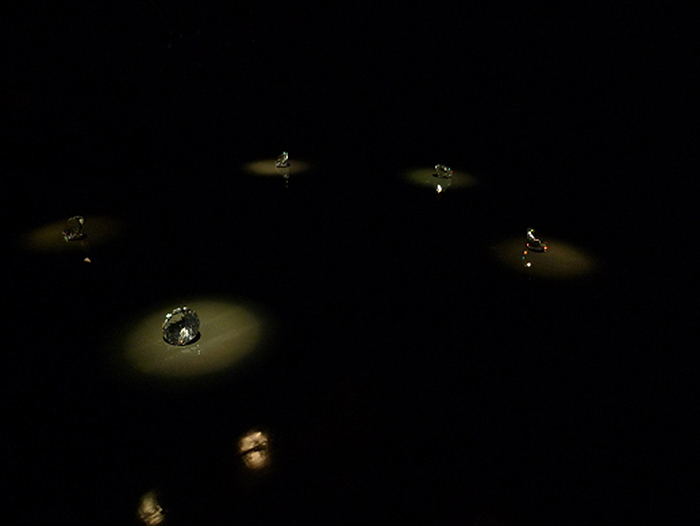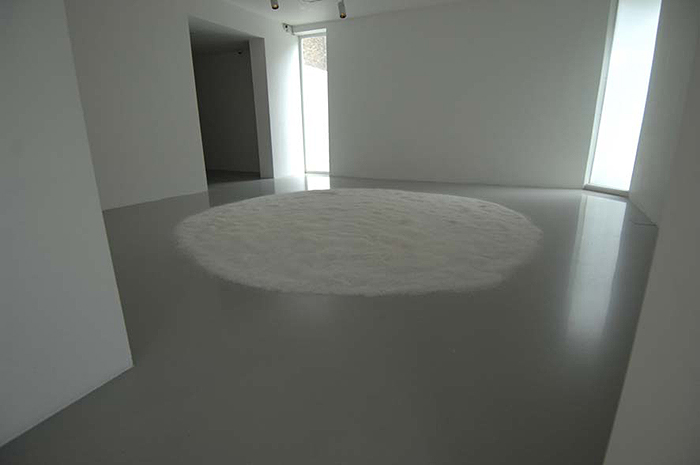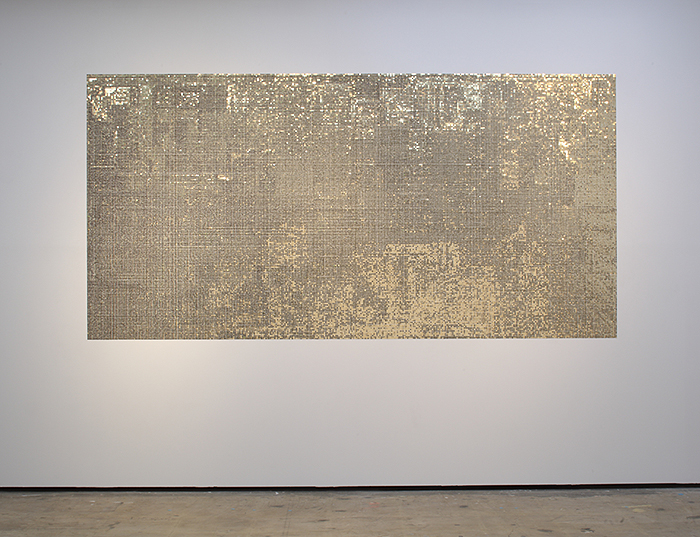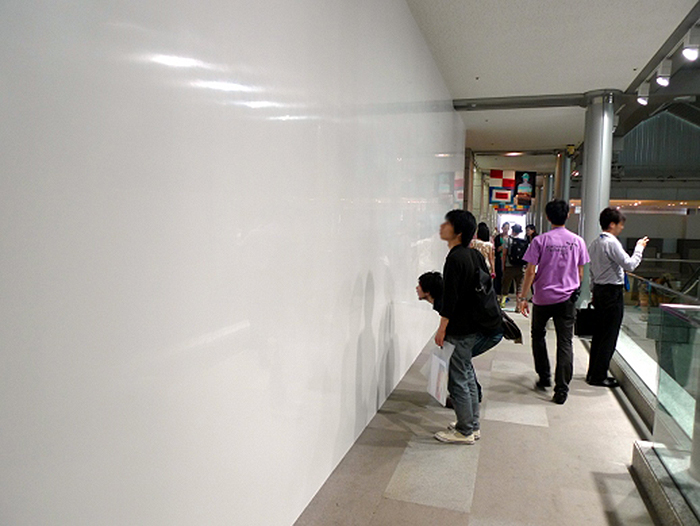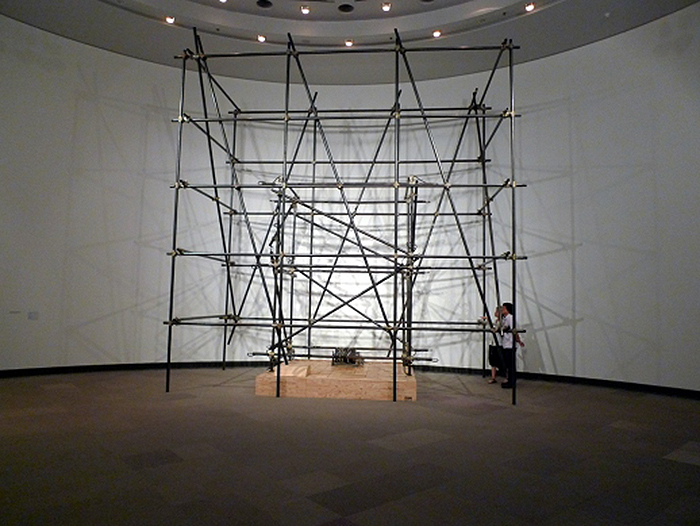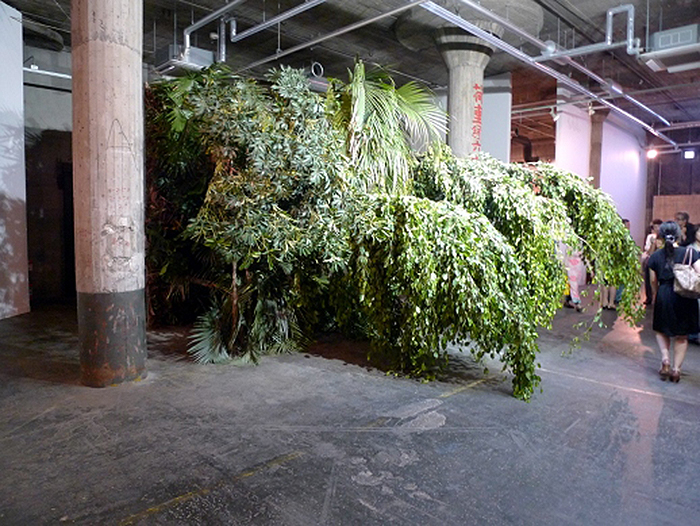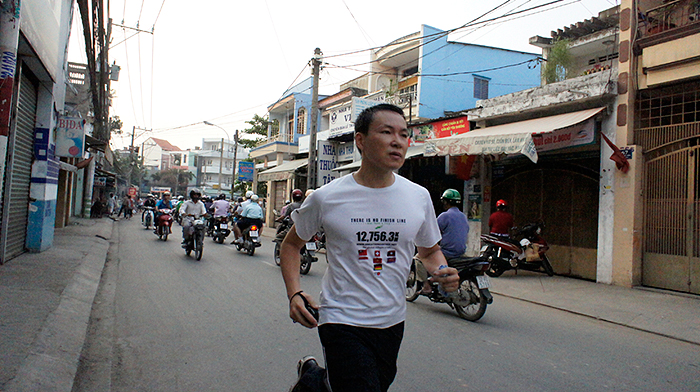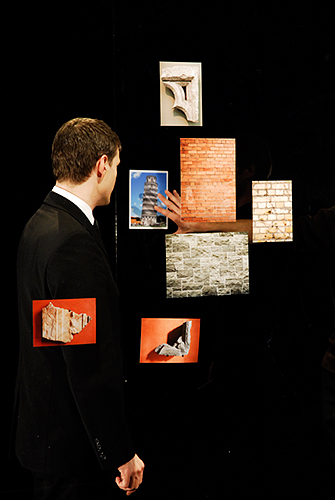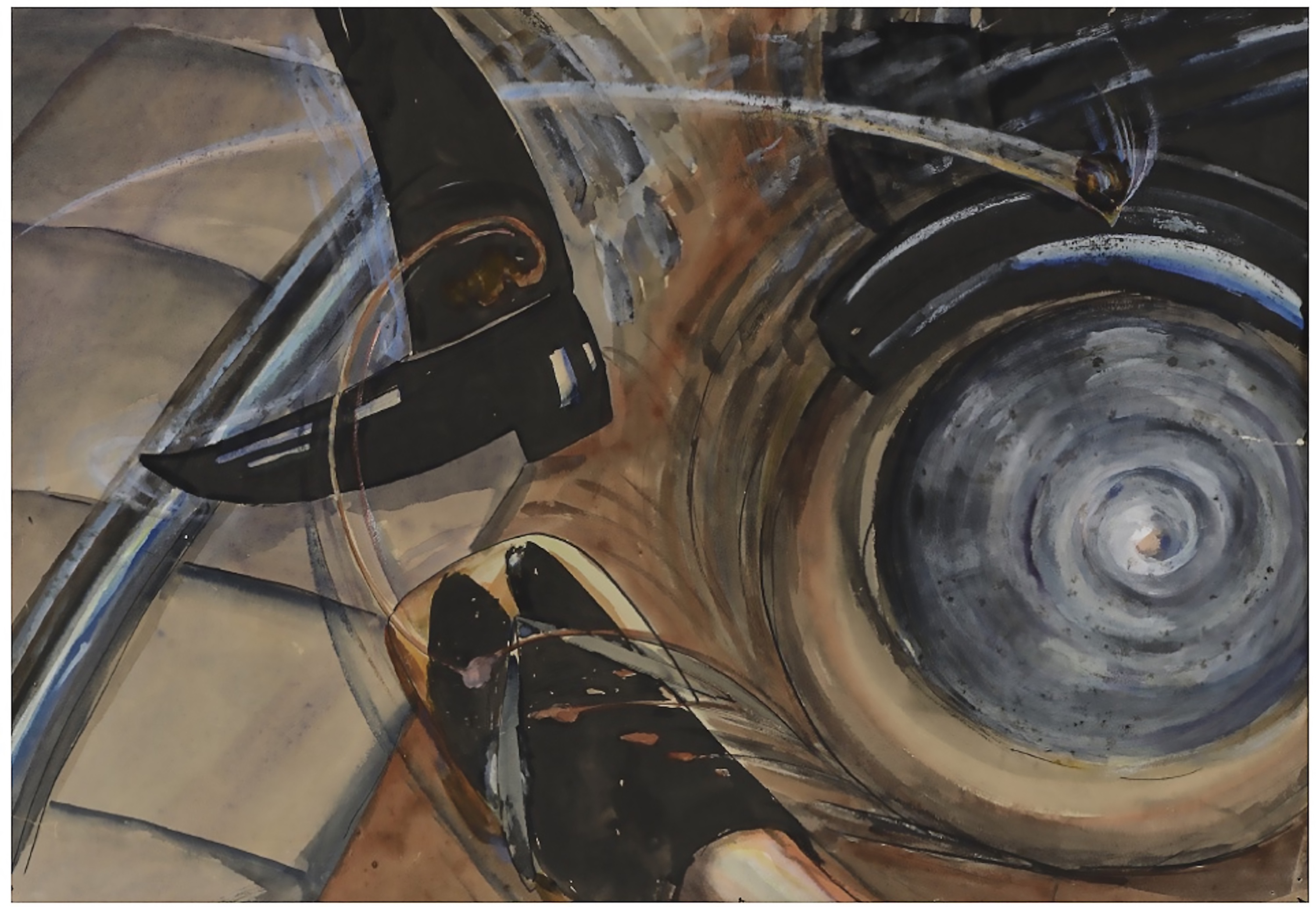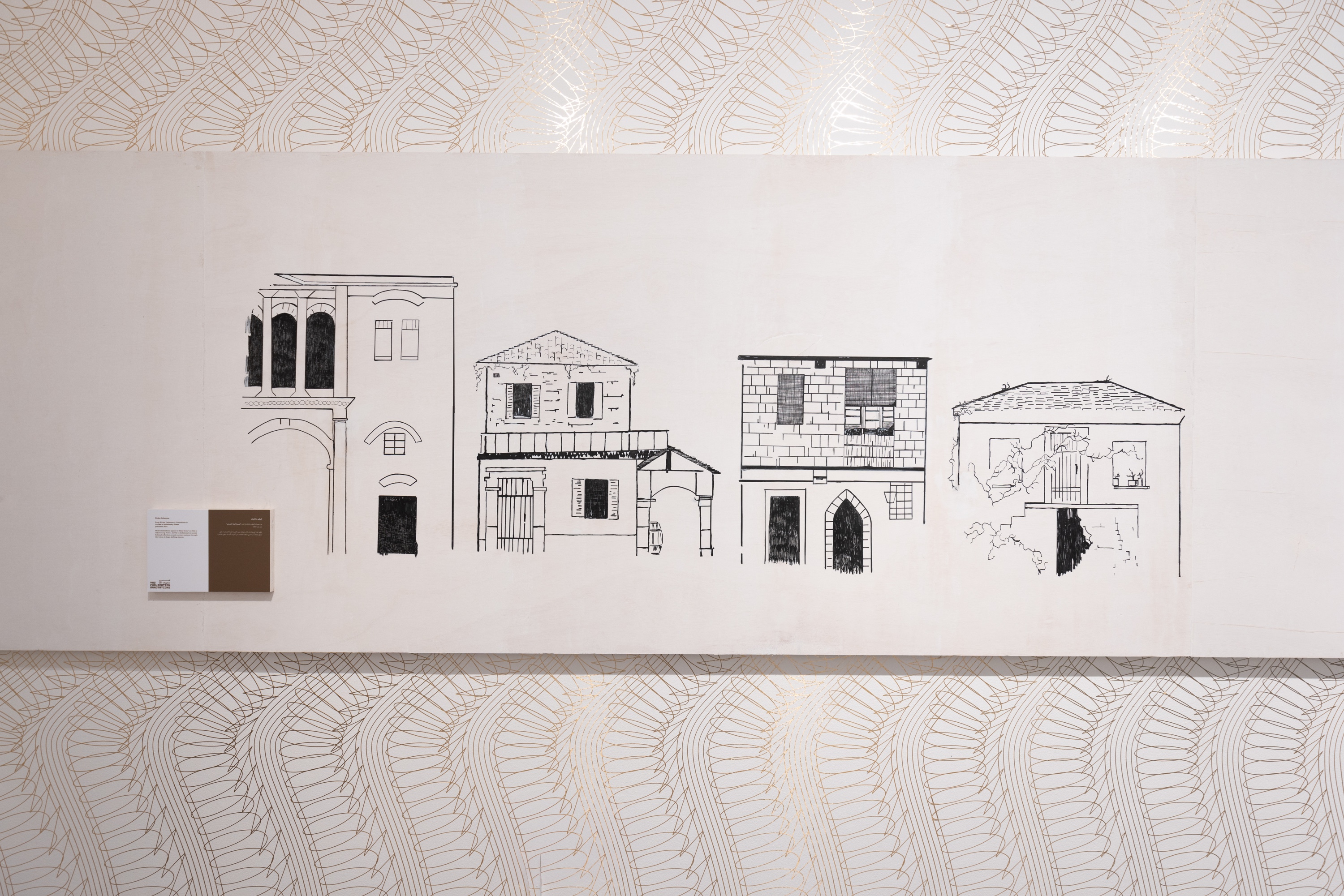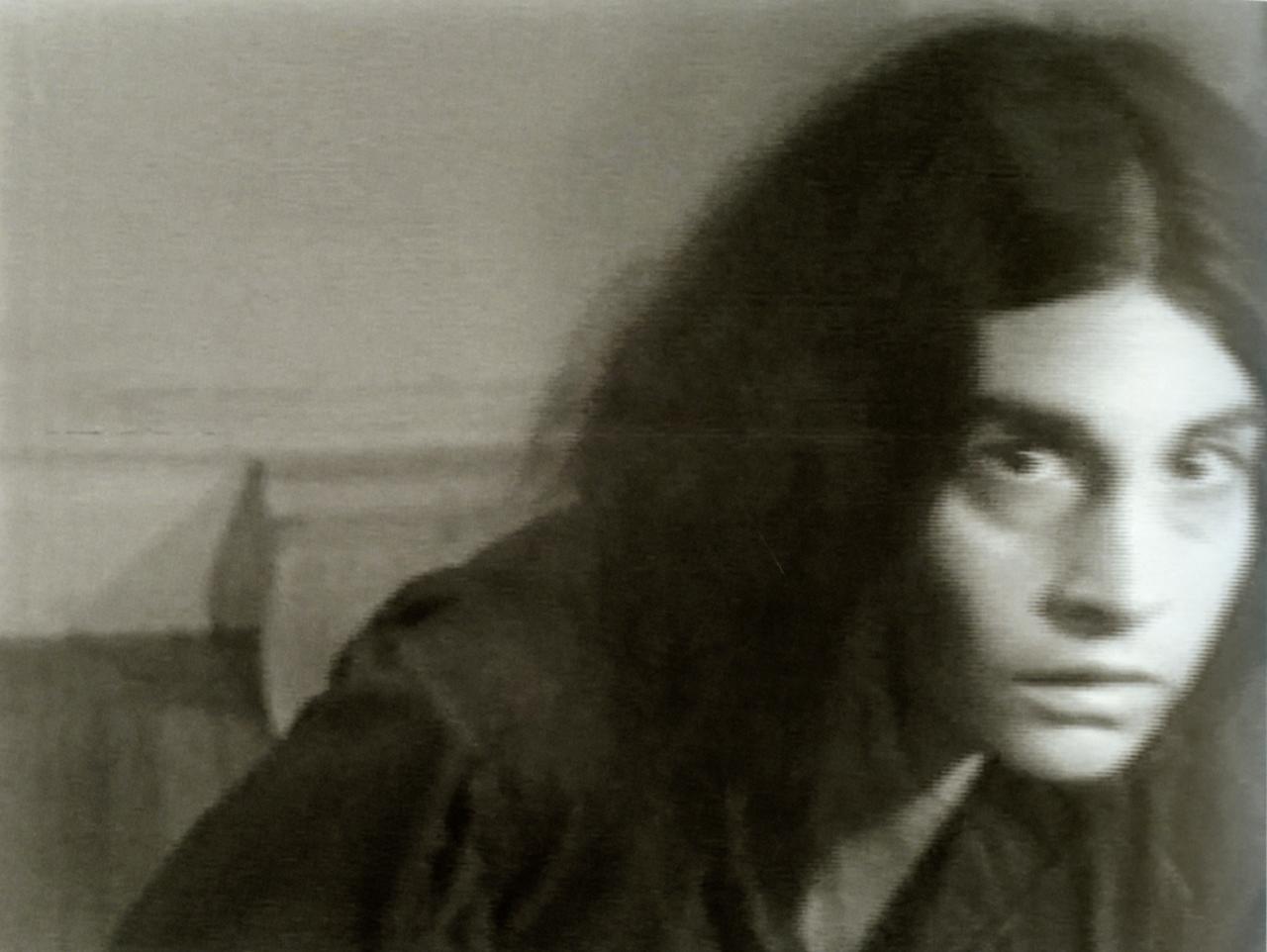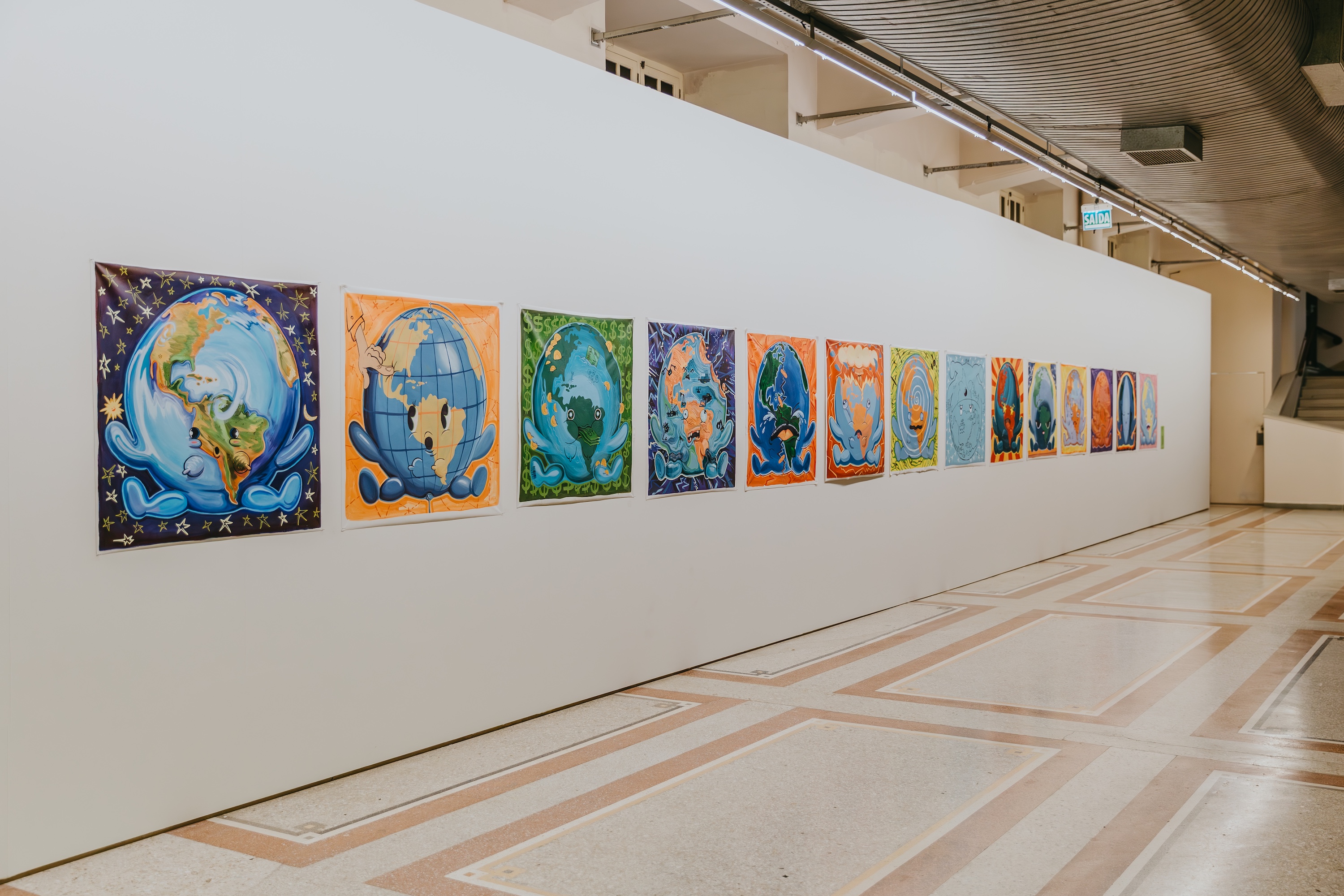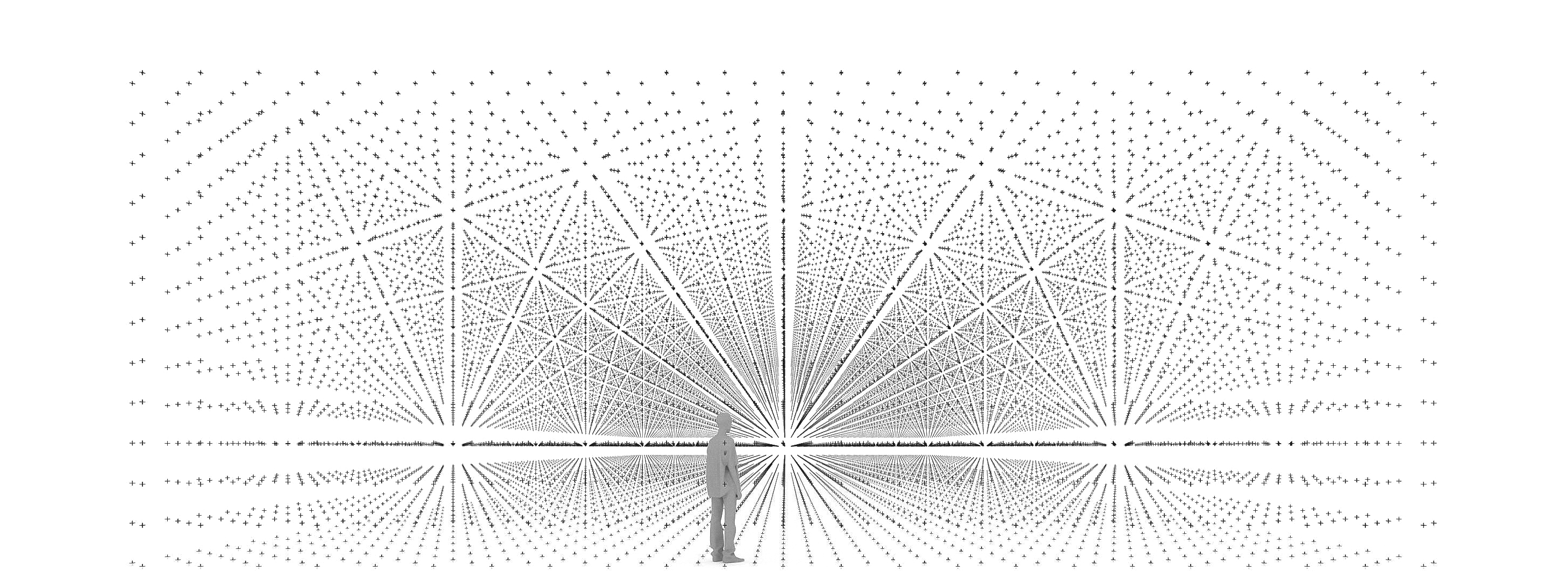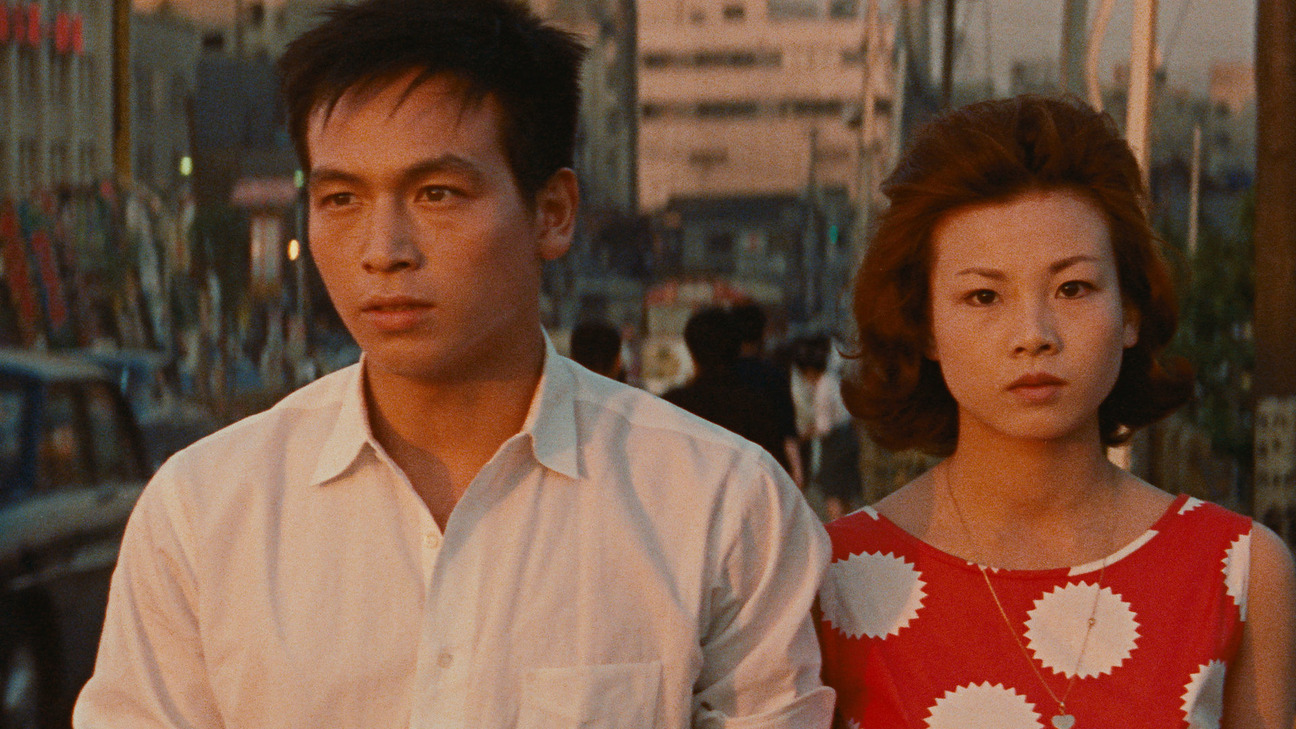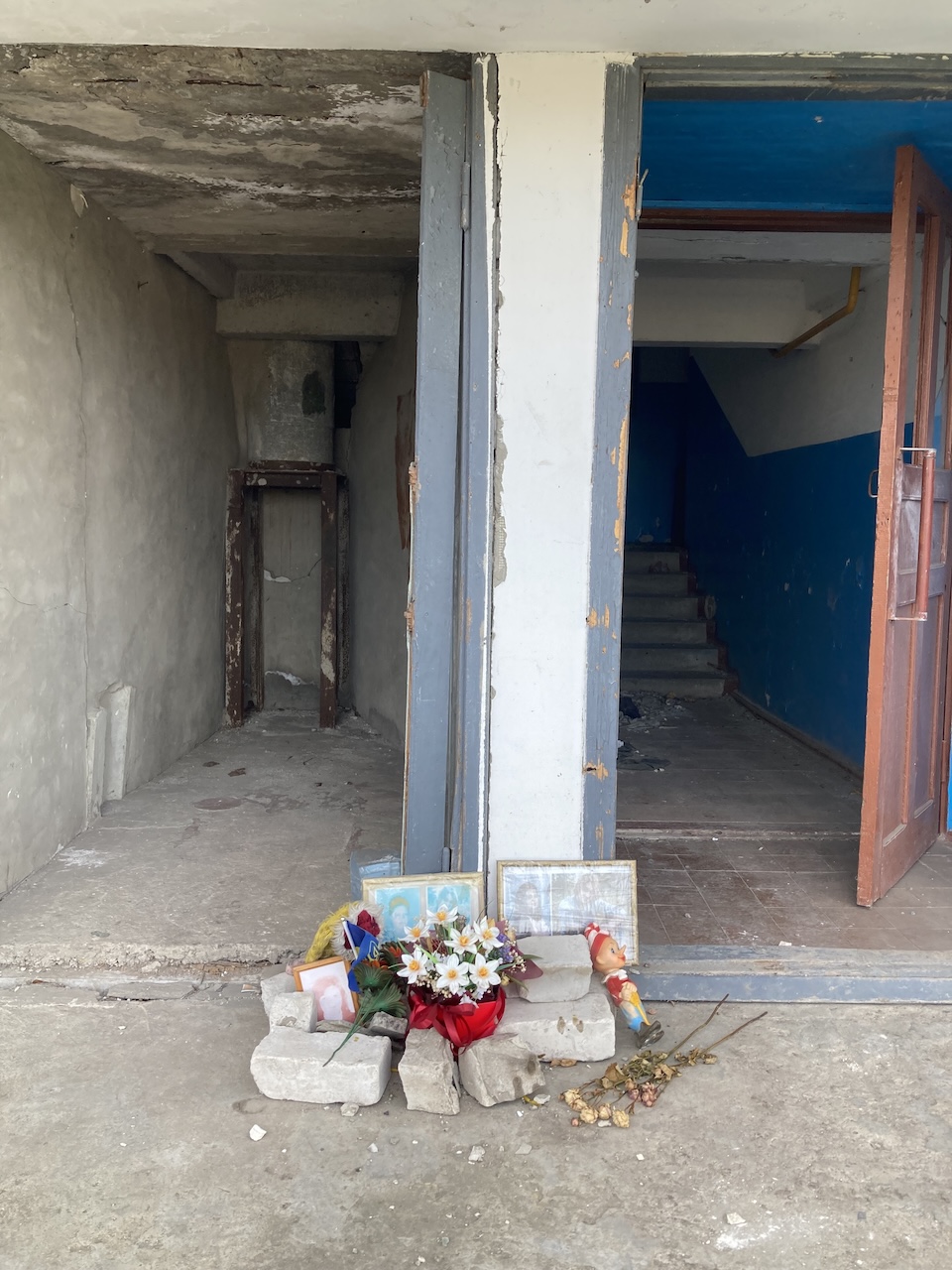August 6–November 6, 2011
Organizing an international biennial or triennial exhibition is, in principle, a thankless task. Your two main audiences, locals unfamiliar with recent artistic developments and globe-hopping art citizens eager for new discoveries, have opposing needs and desires. Apportioning artworks among multiple venues, securing the funding to meet an outsized budget, and coordinating the corporate, political, and cultural bodies with a vested interest in your efforts all present significant challenges. Add to this, however, the widespread devastation of a three-fold tragedy—earthquake, tsunami, nuclear power plant crisis—and one would have forgiven Yokohama Triennale 2011 artistic director Akiko Miki for walking away from her project. That she and her colleagues not only persevered but also managed to coordinate an impressive display of art spanning several centuries is, irrespective of one’s opinion of the show, worth commending.
This is the fourth edition of the triennale, and the first to make the Yokohama Museum of Art its primary venue. Titled "Our Magic Hour," the show focused upon an ability to see the wonderful in the everyday that has long been popularly ascribed to artists. The magic invoked is not one of mysticism, but rather of the temporary suspension of disbelief: artists see things differently than you and me and can show us what that seeing feels like. Such a broad theme can encompass a wide variety of art, and, indeed, the show ranged from conceptually inflected video installations to ukiyo-e woodblock prints to ghost-themed movie posters.
The opening galleries engage a notion of wonder in a literal manner. The first artwork one encounters beyond the museum lobby is Aurélien Froment’s video Théâtre de poche (Pocket Theater) (2007), which depicts the artist performing a series of sleight-of-hand tricks against a black background. To either side of this gallery are minimal installations by James Lee Byars, Wilfredo Prieto, and Motohiro Tomii that invoke, with varying success, the viewer’s astonishment at the properties inherent in simple materials. Byars’s juxtaposition of five crystals and a silent performer conjures an atmosphere at once somber and strangely weightless. The works by Prieto and Tomii play with our notions of value by arranging humble materials—cubic zirconia, thumbtacks—such that they appear cherishable. However, the "trick" in Prieto’s circular floor arrangement, that one of the thousands of shiny objects really is a diamond, almost spoils the effect. Nonetheless, these rooms are a useful primer in seeing the way Miki and her artists would want us to, and the attentive viewer is rewarded in other galleries with hard-to-find surprises, such as Still White, Corridor (2011), an installation between two galleries for which Atsushi Saga has polished a wall to a subtle sheen.
In other rooms, however, these small didactic tricks seem overly simple or even somewhat manipulative. Take, for example, a number of mid-twentieth-century Surrealist paintings from the museum collection hung side-by-side early in the show. All of them depict stairways, and once one discovers this formal alliteration, the paintings’ other qualities recede into the background. (These canvases, like other works from the museum’s collection, are laboriously integrated into the Triennale. They would have been better served by being presented as a separate-but-related exhibition.) Elsewhere, a large room is given over to Massimo Bartolini’s whimsical sculpture Organi (2008), in which a series of pipes, arranged like scaffolding, have been transformed into musical pipes, with a small music box placed on the floor pushing its notes through them and out into the room. It is a remarkable feat of hare-brained ingenuity, and its placement in a roughly circular, high-ceiling room makes one think of chapels. But, just in case you hadn’t made the connection on your own, several large-scale collages of multicolored butterfly wings by Damien Hirst, shaped like stained-glass windows, line the wall on either side. Perhaps complaints about the literalism of these installations sound like the carping of a professional who believes in his own sophistication. On the other hand, one also hopes that curators can trust non-specialist viewers to appreciate such details without having them communicated so directly.
At the outset, however, I suggested that art-world insiders are forever in search of the new, and this edition of the Yokohama Triennale presented to me several revelations. Whether the decision to include a greater proportion of local (i.e., Japanese) artists than is typical for such exhibitions was conceptual or logistical, I was particularly happy to encounter work by Keiichi Tanaami, Ryosuke Imamura, and Taro Izumi, as well as from the Koichi Yumoto Collection. Tanaami’s contribution is a series of short nonnarrative animated videos created in the 1970s. Their bright colors, collaged aesthetic, and surrealistic content call to mind Western counterparts such as Terry Gilliam, creator of animated Monty Python sketches. Small details such as an envelope bearing a Soho address testify to Tanaami’s familiarity with the psychedelic art then popular in the United States (and elsewhere). Imamura’s ingenious sound-art hybrid installations are in the tradition of cross-disciplinary elder statesmen like Christian Marclay. And Izumi’s accumulation of everyday objects, placed on pedestals of varying heights that crowd several rooms in the BankART Studio NYK, a second venue, were delightfully strange and evocative. So, too, is the Yumoto Collection, of which only a small portion is on view. It focuses on yokai, or ghosts, and includes movie posters, toys, traditional paintings and prints, and other ephemera, offering a welcome peek into vernacular Japanese culture.
The three-level BankART Studio, a nearby waterfront building, housed large-scale works by a range of well-known international artists. Here the theme of wonderment was somewhat harder to discern, but a handful of works stood out. Foremost among them was Peter Coffin’s utterly strange and spellbinding untitled computer animation, which I now think of as "3F," for "Fruit: The Final Frontier." The video, which presents an endless, never-repeating pattern, depicts eighteen semitransparent images of fruit accelerating towards the viewer at a leisurely version of warp speed. The images, succulent and oddly haloed, were created with the help of a specialist in 3-D medical scanning. At the other end of the technical spectrum is Henrik Hakansson’s Fallen Forest (2006), a DIY version of the "living walls" of foliage currently in vogue with certain interior designers and architects. Hakansson’s vertical surface of greenery, however, comes from simply turning large-scale potted trees on their side and inserting them into industrial metal shelving. Spotlights give the object an additional charm.
It’s worth noting that the disastrous events of March 11 not only affected the show’s production—making certain works logistically infeasible, say, or causing insurance rates to skyrocket. It also inspired some of the participating artists to devise new proposals as a direct response to the tragedy. The smartest of these is also one of the last visitors come across (if following the proscribed route through the venues). Jun Nguyen-Hatsushiba, known in the West for his haunting videos of men struggling to pull submerged rickshaws along the seabed, has here created a memorial video installation that also serves as a participatory public art project. Using GPS technology, Nguyen-Hatsushiba has plotted paths through Ho Chi Minh City, his current home, and Yokohama that, when drawn on a map, resemble cherry blossoms. Members of the public are invited to jog along the routes to metaphorically trace onto the surface of the earth these symbols of transience and renewal. The runs are themselves ephemeral and bring to mind the concept of mono no aware, an awareness of the pathos and impermanence of things. The artwork is moving but not maudlin, and at a moment when the labor of recovery means that permanent memorials are still far off on the horizon, it seems thoughtful and noninvasive. And, by virtue of the idiosyncratic paths that cut through the city like Situationist dérives, it also defamiliarizes Yokohama for its resident joggers, thereby involuntarily slotting them into the exhibition’s theme. One can imagine such a run, though tinged as it must be by the awareness of pain and suffering in the northeastern part of the country, as a magic hour indeed.
